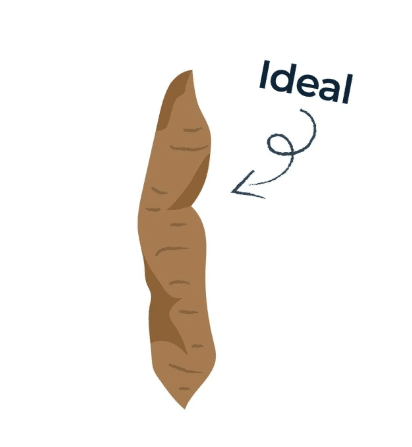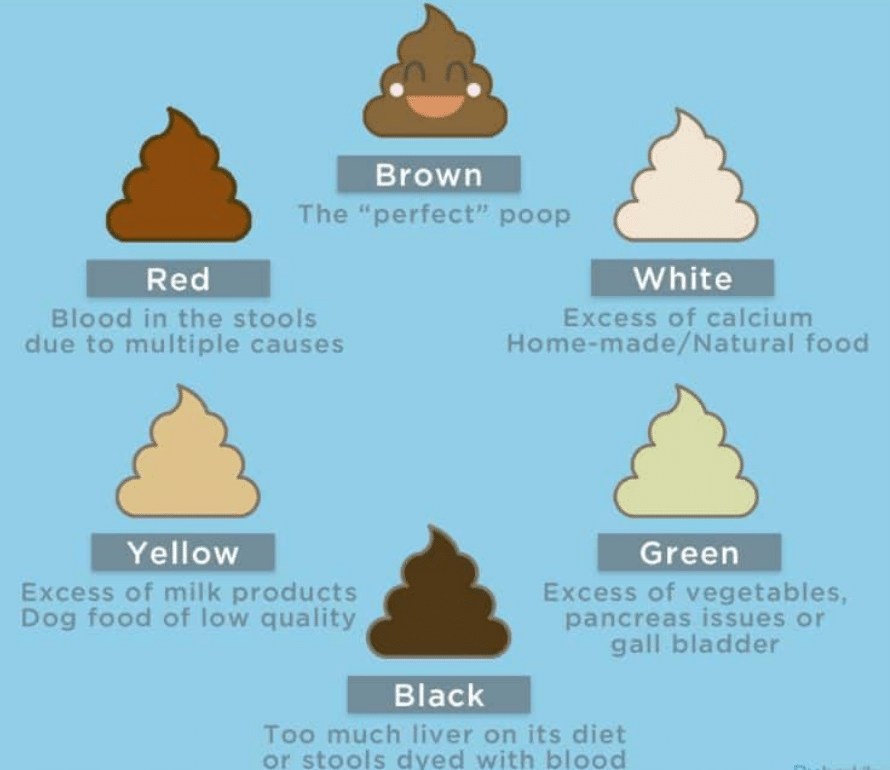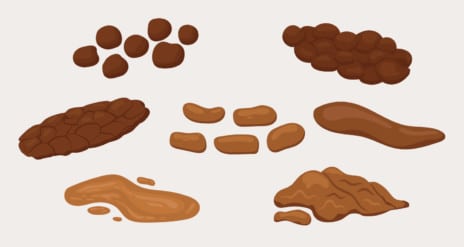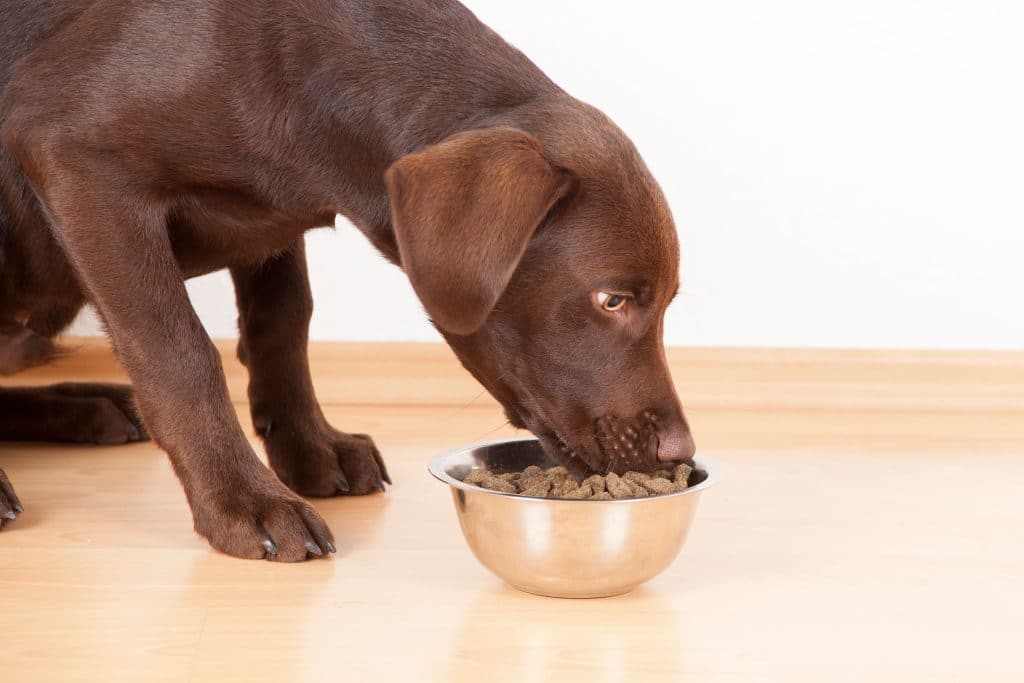As a dog owner, one of the simplest yet most effective ways to keep tabs on your pet’s health is by paying attention to their waste. It might not be the most pleasant task, but understanding what is normal and what is not can be crucial. Changes in a dog’s waste can signal various health issues, from minor dietary imbalances to serious medical conditions. This post will guide you through the intricacies of your dog’s waste, highlighting what certain changes in color, texture, and frequency could be telling you about their health and well-being.
Recognizing Healthy Dog Waste

Knowing what constitutes healthy dog waste is the foundation for identifying potential health issues. Typically, a healthy dog’s waste should be semi-dark brown in color, signifying proper digestion and diet. The consistency is equally important, ideally firm and moist, making it easy to pick up without leaving residue. A healthy frequency is generally once or twice a day, depending on the dog’s diet and exercise routine. Finally, while dog waste isn’t expected to smell pleasant, a normal odor shouldn’t be overpoweringly foul.
Any significant deviation from these norms warrants attention. For instance, a drastic change in the waste’s consistency or color might be the first sign of a dietary intolerance or infection. Consistent observation is vital; a single odd occurrence might not be alarming, but repeated irregularities are a clear signal to delve deeper. Understanding these basics sets a benchmark, making it easier to spot when something is amiss. This knowledge empowers dog owners to act swiftly, seeking veterinary guidance when needed to ensure their pet’s health.
Changes in Color and What They Mean

Changes in the color of a dog’s waste can be alarming and often signal health issues. Black or tarry stools might indicate internal bleeding, possibly from the stomach or upper intestines. Bright red inclusions, on the other hand, could suggest bleeding in the lower digestive tract. Both scenarios warrant immediate veterinary attention. Similarly, green stools might imply an overconsumption of grass, while yellow or mustard-colored waste can be a sign of issues with the gallbladder or liver.
The presence of white spots in dog waste, often resembling grains of rice, should not be ignored as they can indicate a worm infestation. Grey and greasy-looking stools might point to problems with the pancreas or biliary system. Any persistent change in color, especially when accompanied by other symptoms like lethargy or loss of appetite, should prompt a visit to the veterinarian. Being vigilant about these color changes can be crucial in the early detection and treatment of potential health problems.
Texture and Consistency Changes

The texture and consistency of dog waste are vital indicators of their digestive health. Hard or overly dry stools are common signs of dehydration or a lack of fiber in the diet. They can also indicate constipation, which might be caused by dietary issues or lack of exercise. On the other hand, waste that is too soft or lacks form can suggest dietary indiscretion, infections, or even chronic conditions like irritable bowel syndrome. It’s important to observe any changes from the normal texture, as they can provide early warnings of potential health issues.
Mucus in dog waste, while sometimes normal, can also be a sign of colitis or other inflammatory conditions of the colon. Similarly, the presence of undigested food particles could indicate malabsorption or digestive disorders. Regular monitoring of stool texture and consistency helps in maintaining an understanding of your dog’s digestive system. Any prolonged or repeated deviation from the normal consistency, especially when accompanied by changes in behavior or appetite, should be discussed with a veterinarian to rule out any serious underlying conditions.
Frequency and Odor Changes

A noticeable change in the frequency of a dog’s defecation can be a significant health indicator. An increase in frequency, especially if accompanied by a change in consistency or color, may signal digestive upset or infection. Conditions like colitis, parasites, or dietary intolerance often result in more frequent bowel movements. Conversely, decreased frequency or difficulty defecating can suggest constipation, often linked to diet, hydration, or underlying health issues. Keeping track of how often your dog defecates is essential for identifying any deviations from their normal routine.
Odor changes in dog waste, while less specific, can still provide valuable health clues. A sudden or persistent increase in odor intensity might suggest issues with digestion or absorption of nutrients. Extremely foul-smelling stools could be a sign of infections or gastrointestinal disorders. It’s important to consider any changes in diet or environment when evaluating changes in stool odor. Persistent odor changes, especially when coupled with other symptoms like weight loss or appetite changes, should be evaluated by a veterinarian to ensure there are no underlying health concerns.
The Role of Diet in Waste Appearance

The diet of a dog plays a crucial role in determining the characteristics of its waste. A sudden change in diet often leads to noticeable changes in stool color, consistency, and odor. High-quality, well-balanced diets tend to produce firm, well-formed stools, whereas diets lacking in nutrients or high in fillers can result in loose or voluminous waste. Ingredients such as too much fat or certain proteins can also lead to greasy or smelly stools, indicating a need for dietary adjustment. Understanding the relationship between diet and waste can help owners choose the most appropriate food for their pets.
Food allergies or sensitivities are another common cause of changes in a dog’s waste. Symptoms of these sensitivities often include gastrointestinal upset, resulting in diarrhea or unusually colored stools. Incorporating probiotics or dietary fiber can often improve stool consistency and overall gut health. It’s essential for pet owners to observe how changes in their dog’s diet affect their waste and consult with a veterinarian to find a diet that suits their pet’s specific nutritional needs. Regularly monitoring these changes can significantly contribute to maintaining optimal digestive health for dogs.
When to Consult a Veterinarian

While changes in a dog’s waste can often be managed with diet and lifestyle adjustments, certain signs necessitate immediate veterinary consultation. Persistent diarrhea, blood in the stool, or any drastic change in waste characteristics that lasts more than a couple of days should be a cause for concern. Additionally, symptoms like straining to defecate, signs of pain, or any accompanying behavioral changes such as lethargy or loss of appetite are red flags. These symptoms could indicate serious conditions that require professional diagnosis and treatment.
Regular veterinary check-ups are crucial for maintaining a dog’s overall health. During these visits, discussing any changes in waste characteristics can provide valuable insights into the dog’s digestive health. Veterinarians can offer advice on diet, perform necessary tests, and provide treatments for any underlying conditions. It’s important to remember that early detection and intervention can prevent minor issues from developing into more serious health problems. Owners should always err on the side of caution and seek professional advice when in doubt about their dog’s health, as indicated by their waste.
Decode The Health Messages In Your Dog’s Daily Routine
Monitoring your dog’s waste is a simple yet effective way to keep a close eye on their health. Changes in color, consistency, frequency, and odor can all serve as early warning signs of potential health issues. Understanding the impact of diet on waste and knowing when to seek veterinary advice are key components of proactive pet care. By paying attention to these details, dog owners can ensure their furry companions stay healthy and happy. Remember, your dog’s waste is not just a daily chore to manage but a valuable source of information about their well-being.